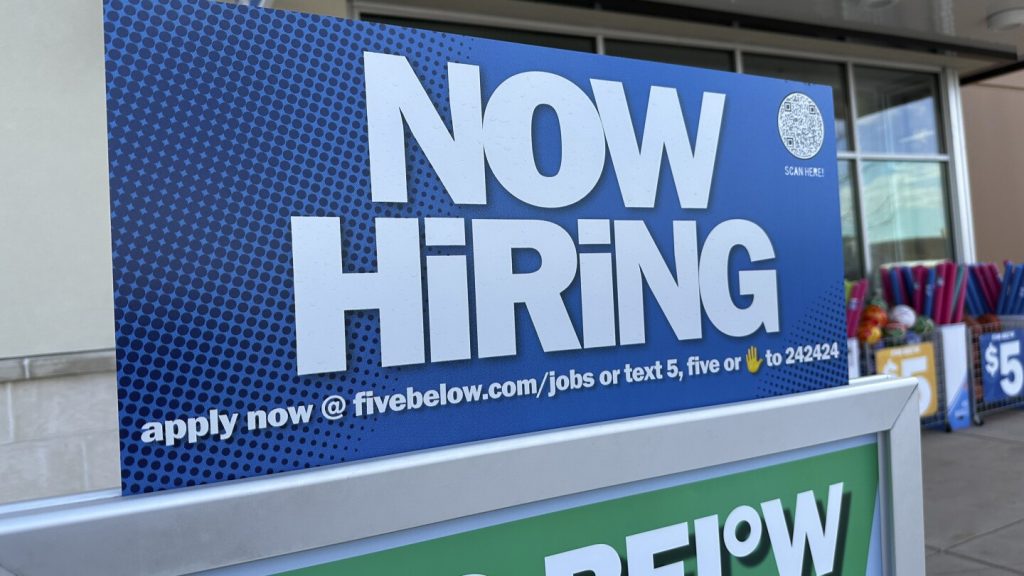The Labor Department reported a decrease in the number of Americans applying for jobless benefits last week, with filings for unemployment claims falling by 11,000 to 211,000. The four-week average also decreased to 214,250, indicating a strong labor market despite efforts by the Federal Reserve to cool it down. The Fed had raised its benchmark borrowing rate 11 times beginning in March 2022 to combat high inflation following the economic rebound from the COVID-19 recession of 2020. The goal was to loosen the labor market and cool wage growth, which was believed to contribute to high inflation.
Despite concerns that rapid rate hikes could push the country into recession, the economy has remained resilient, with jobs continuing to be plentiful. In March, U.S. employers added 303,000 jobs, and the unemployment rate dipped to 3.8%, marking the longest streak of remaining below 4% since the 1960s. This strong job market performance has defied expectations, given the high interest rates implemented by the Federal Reserve. However, there have been reports of job cuts in certain sectors, particularly in technology and media. Companies like Google parent company Alphabet, Apple, eBay, TikTok, Snap, Amazon, Cisco Systems, and the Los Angeles Times have all announced layoffs recently.
Outside of the tech and media industries, companies such as UPS, Macy’s, and Levi Strauss have also cut jobs. In total, 1.82 million Americans were collecting jobless benefits during the week ending March 30, which was an increase of 28,000 from the previous week and the highest number since January. Despite the overall strength of the labor market, these reports of job cuts in various sectors indicate some areas of weakness. The continued low levels of layoffs suggest that the job market is still stable, but the increase in the number of Americans collecting jobless benefits is a cause for concern.
The resilience of the U.S. economy in the face of high interest rates and potential job cuts demonstrates its ability to withstand various challenges. The Federal Reserve’s efforts to control inflation have not had a significant negative impact on the labor market, as evidenced by the consistently low levels of unemployment claims. With the unemployment rate remaining below 4% and the economy adding jobs, there is optimism about the overall health of the job market. However, the recent announcements of layoffs in certain industries raise questions about the stability of employment in those sectors and the potential ripple effects on the broader economy.
As the job market continues to evolve and adapt to changing economic conditions, it will be important to monitor indicators such as unemployment claims, job additions, and layoffs. The Federal Reserve’s future moves regarding interest rates will also play a crucial role in shaping the labor market landscape. Overall, the latest data on jobless claims and job cuts highlight the complexity of the U.S. labor market and the ongoing efforts to maintain its strength and stability in the face of various challenges.


